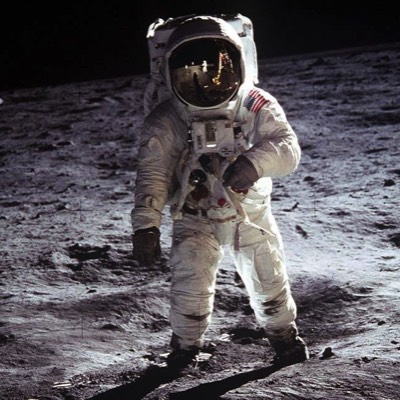A Bigger Picture of Reality
Last Saturday marked the 50th anniversary of the Apollo 11 moon landing. I was almost five at the time. I still remember it, but that may be because my parents went out and bought a television for the occasion and it was the first thing I ever watched. Even now, the footage sends a shiver down my spine. It was an incredible moment in human history that showed just what human intellect and ingenuity can achieve when we have the will and it gives me hope that we can overcome the major challenges facing our world at this time.
But this kind of thinking has another side to it. Professor Thomas Troeger of Yale University wrote, “impressed with the knowledge we have attained by our science, we fail to attend adequately to the domains of symbol and meaning, wonder and yearning that our science and technology can neither fully comprehend nor control.” Marcelo Gleiser, Professor of Physics and Astronomy at Dartmouth College, wrote that there are “fundamental limits to how much science can explain” and the extent to which we can “understand the nature of physical reality” imposed by our technologies and measuring instruments, by the “perceptual horizons” of the enquirer, and by our “‘myopic’ view of reality.” In other words, our greatest successes can blind us to the fact that we don’t know everything and can’t do everything. We are actually setting ourselves up for frustration and disappointment.
Jesus made a similar observation. “When you see a cloud rising in the west, you say at once, ‘A shower is coming.’ And so it happens. And when you see the south wind blowing, you say, ‘There will be scorching heat,’ and it happens… You know how to interpret the appearance of earth and sky, but why do you not know how to interpret the present time?” (Luke 12:54-56). Understanding the present time takes more than human intellect alone can provide. We need a bigger picture of reality and we can find that in the Word of God.
Neil Percival
But this kind of thinking has another side to it. Professor Thomas Troeger of Yale University wrote, “impressed with the knowledge we have attained by our science, we fail to attend adequately to the domains of symbol and meaning, wonder and yearning that our science and technology can neither fully comprehend nor control.” Marcelo Gleiser, Professor of Physics and Astronomy at Dartmouth College, wrote that there are “fundamental limits to how much science can explain” and the extent to which we can “understand the nature of physical reality” imposed by our technologies and measuring instruments, by the “perceptual horizons” of the enquirer, and by our “‘myopic’ view of reality.” In other words, our greatest successes can blind us to the fact that we don’t know everything and can’t do everything. We are actually setting ourselves up for frustration and disappointment.
Jesus made a similar observation. “When you see a cloud rising in the west, you say at once, ‘A shower is coming.’ And so it happens. And when you see the south wind blowing, you say, ‘There will be scorching heat,’ and it happens… You know how to interpret the appearance of earth and sky, but why do you not know how to interpret the present time?” (Luke 12:54-56). Understanding the present time takes more than human intellect alone can provide. We need a bigger picture of reality and we can find that in the Word of God.
Neil Percival
